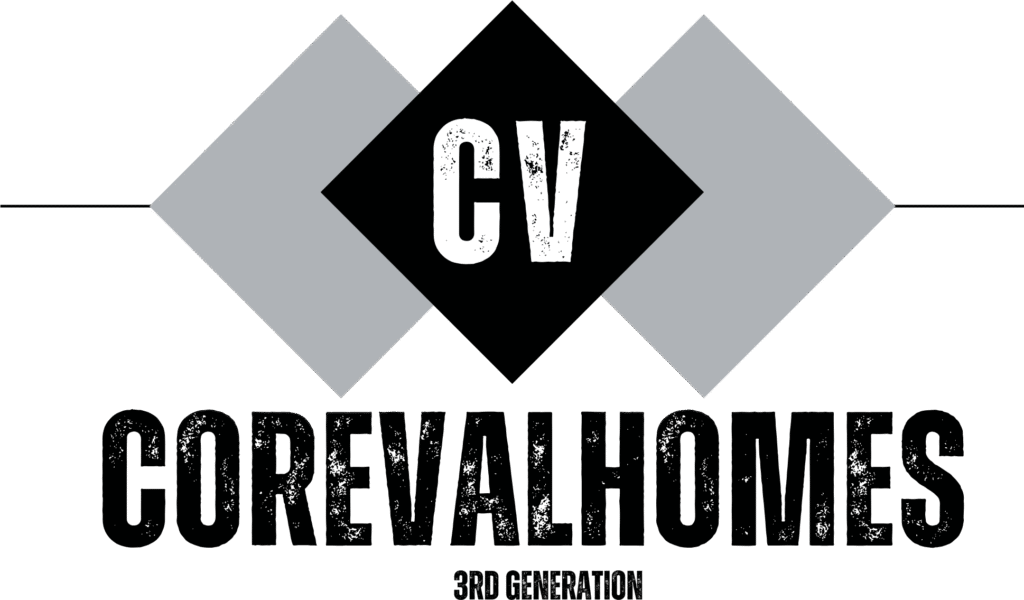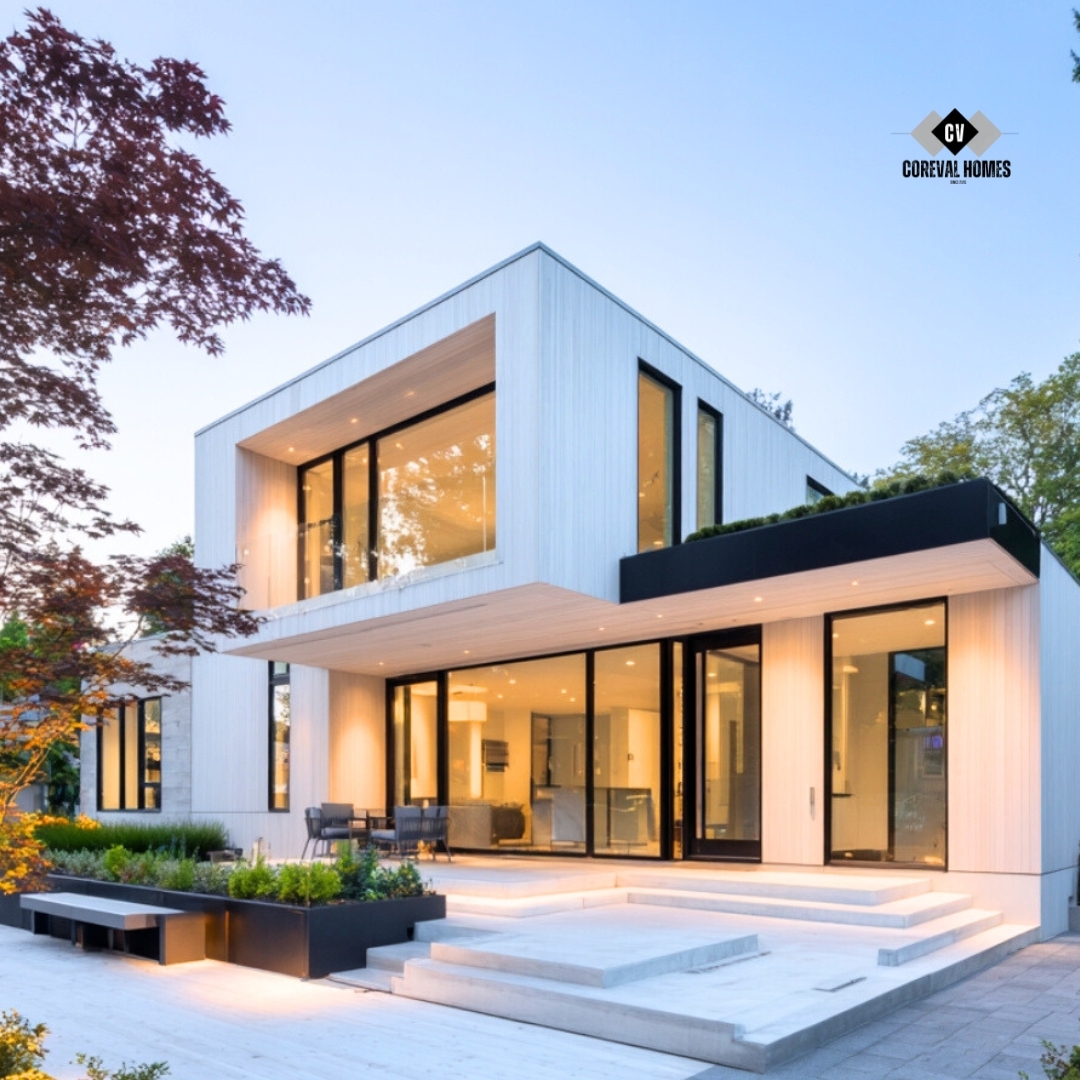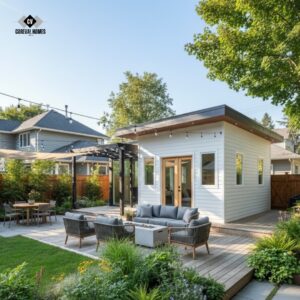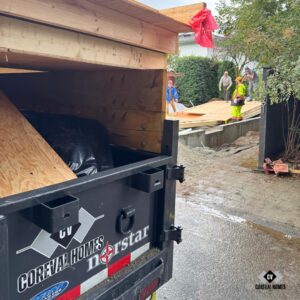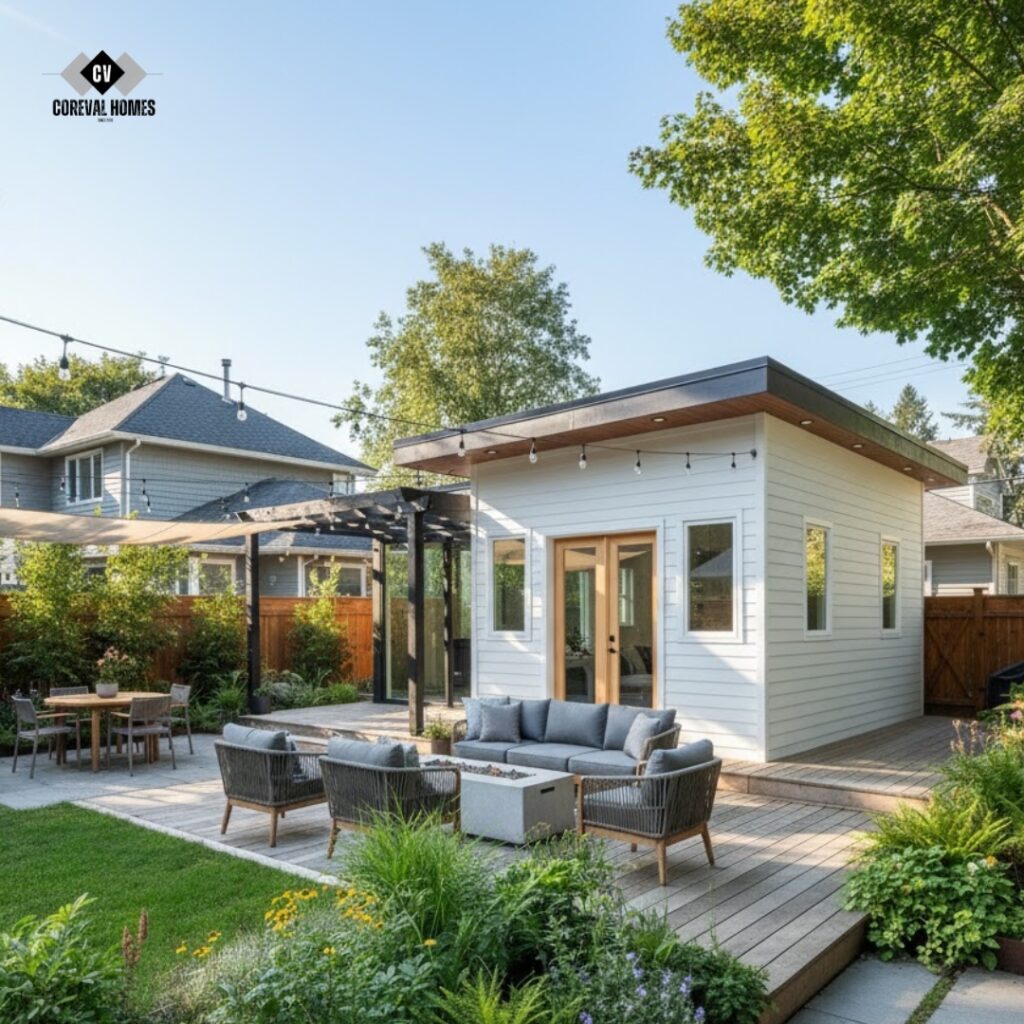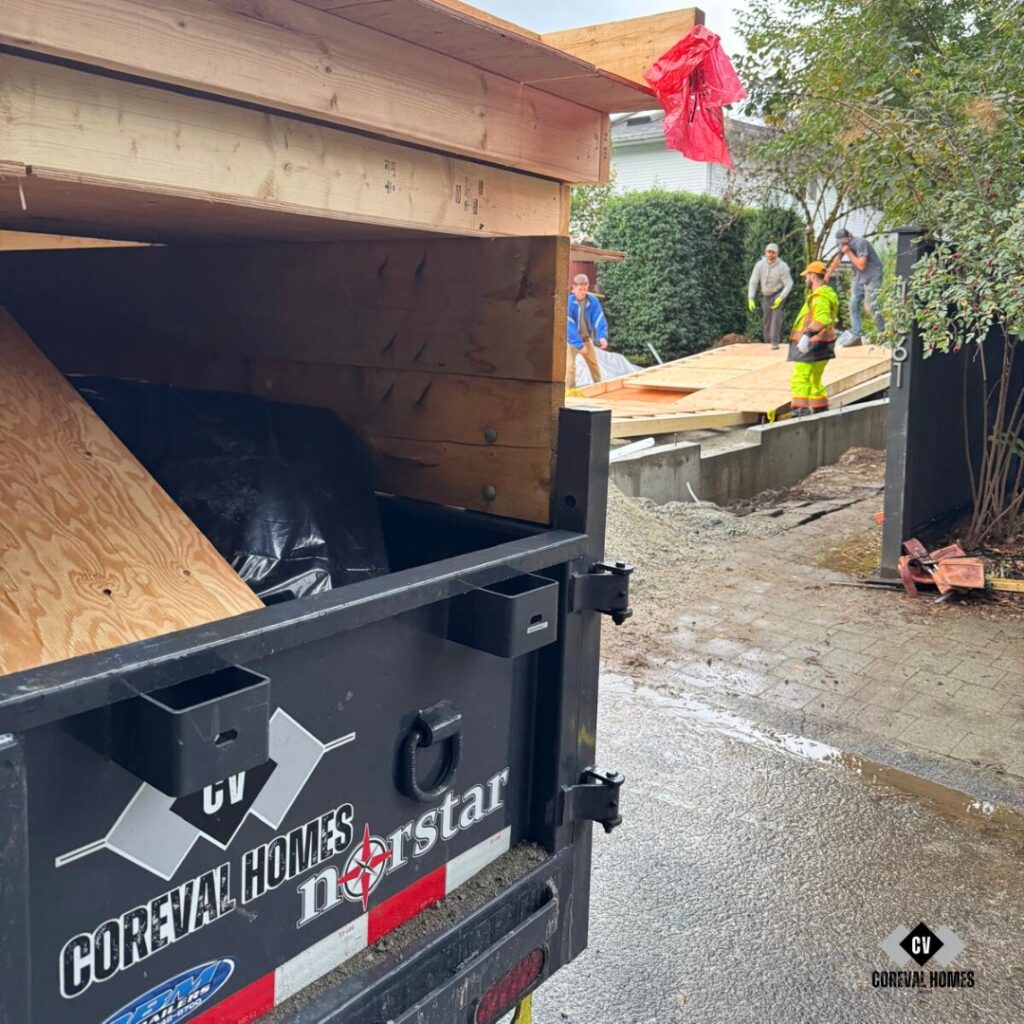British Columbia’s housing crisis has been a formidable challenge demanding innovative legislative solutions to increase supply, affordability, and sustainability. In this context, the Province enacted Bill 47, formally known as the Housing Statutes (Transit-Oriented Areas) Amendment Act, 2023, to spearhead a new era of transit-oriented development (TOD). This landmark legislation mandates municipalities to designate specific Transit-Oriented Development Areas (TOD Areas) around transit hubs, such as SkyTrain stations and major bus exchanges, where minimum standards for building height and residential density are prescribed.
For builders like CoreVal Homes, who serve communities across the Greater Vancouver area including Coquitlam, Port Moody, Burnaby, Maple Ridge, Pitt Meadows, Langley, Abbotsford, and Chilliwack, Bill 47 represents more than just zoning changes — it’s a catalyst for revitalizing neighborhoods with technically advanced construction standards, addressing recurring customer pain points related to housing quality, and delivering homes that merge accessibility with sustainable urban living.
An Overview of Bill 47: Key Provisions Driving Housing Density Near Transit
Bill 47 requires municipalities to designate TOD Areas within:
- 800 meters of rapid transit stations (e.g., SkyTrain),
- 400 meters of major bus exchanges.
Within these TOD Areas, municipalities must allow housing developments meeting minimum provincial requirements for building height and density, effectively overriding lower density zoning restrictions. This legal framework promotes vertical growth and infill development, critical for accommodating the anticipated population increase surrounding transit corridors.
A pivotal provision of Bill 47 is the removal of parking minimum requirements. Formerly, zoning policies mandated developers to provide set minimum parking spaces, often inflating construction costs and consuming valuable land. Bill 47 allows parking to be determined by demand, enabling residential projects to optimize space utilization, reduce hardscape, and allocate more area for green spaces or building mass. These parking rules retain minimal requirements for accessibility parking and commercial zones.
Provincial analyses forecast that Bill 47 could facilitate the addition of approximately 100,000 housing units within designated TOD Areas across BC over the coming decade, signaling a substantial contribution to easing the housing shortage.
Implications for Builders: Addressing Construction Quality and Customer Pain Points
The push for increased density near transit hubs places new demands on builders like Coreval Homes to deliver homes that meet stringent quality standards while maximizing spatial efficiency. Several critical technical factors come to the forefront in post-Bill 47, similar to the Bill 44, developments:
Surface Preparation and Adhesion in Exterior Finishes
Transit-oriented projects often feature multi-family complexes and townhomes requiring durable, weather-resistant exterior finishes. Proper surface preparation is crucial before applying any coating or sealant to prevent adhesion failures that can lead to peeling, blistering, or long-term degradation. Builders must invest in state-of-the-art primers, substrates, and moisture barriers to tackle the challenges posed by variable coastal climates and urban pollution.
Clear Coat Scratch Resistance
With increased density comes higher exposure to common urban wear-and-tear — physical contact, abrasion, and environmental contaminants. Utilizing advanced clear coat technologies that provide scratch-resistance while maintaining aesthetic clarity ensures longer-lasting façades and reduces costly maintenance or refinishing down the line. These coating systems often incorporate UV resistance, chemical repellency, and hydrophobic properties to mitigate scratched surfaces and staining.
Optimal Adhesion Systems
Transitioning to more sustainable and energy-efficient building materials means using adhesives and bonding systems compatible with diverse substrates like fiber cement, engineered wood panels, and composite sidings. Strong adhesion prevents delamination while enabling builders to meet green building certifications and longevity expectations.
The attention to these technical aspects guarantees that transit-oriented housing developments are not only higher in density but also superior in quality, translating into enhanced homeowner satisfaction and easier upkeep in high-traffic neighborhoods.
Enhanced Livability: Benefits for Residents and Transit Access
Bill 47’s targeted growth strategy aligns residence with transit hubs, enabling a new urban lifestyle that eases commutes, reduces dependence on cars, and enhances community connectivity. Residents in these TOD Areas gain:
- Proximity to rapid transit for quick access to city centers and employment.
- Reduced greenhouse gas emissions through lower vehicle use.
- Access to mixed-use developments where residential, retail, and recreational spaces coexist.
For customers of Coreval Homes, this means the possibility of custom-built homes in vibrant neighborhoods with transit accessibility, coupled with the builder’s expertise in integrating technical quality measures that mitigate common housing issues.
Implementation Timeline and Regulatory Guidance
Municipalities are required to designate TOD Areas by June 30, 2024, with 52 transit areas already designated where supportive land-use plans existed. The Province provides a comprehensive policy manual laying out minimum height and density requirements, design standards, and the flexibility for municipalities to permit taller, denser developments beyond the minimum thresholds as needed.
The aggressive timeline urges local governments and builders to swiftly align zoning bylaws, official community plans (OCPs), and development permits with the new regime. Coreval Homes and similar builders must stay closely connected to municipal proceedings for zoning changes affecting their target neighborhoods, ensuring seamless project progression.
Challenges and Considerations for Stakeholders
While Bill 47 unlocks considerable potential, stakeholders must navigate several challenges:
- Balancing density with neighborhood character: Height and density increases must respect community aesthetics and avoid overburdening infrastructure.
- Addressing restrictive covenants: Some properties carry legal agreements limiting development types, which can slow down compliance and redevelopment.
- Ensuring parking needs are met without minimum mandates: Transportation demand management and shared parking models must be effectively implemented.
Builders such as Coreval Homes bring valuable expertise in delivering projects that harmonize density with design quality and livability, mitigating these concerns.
Conclusion: Bill 47 as a Game-Changer for BC Housing and Construction Quality
British Columbia’s Bill 47 serves as a cornerstone regulation to unlock transit-oriented housing developments and reimagine urban living. By legislating minimum densities and flexible parking norms near transit, BC is fostering more efficient land use without compromising construction excellence.
For residents and builders alike, the act ushers in opportunities for modern, sustainable homes that address critical pain points like surface durability and finish adhesion, while promoting communities centered on transit convenience.
Coreval Homes stands as a leader prepared to meet these evolving demands, delivering tailored housing solutions optimized for quality and location within BC’s newly designated TOD Areas. Leveraging their technical proficiency and market presence, Coreval Homes can help residents embrace the benefits of Bill 47’s vision—a future of accessible, high-quality, and transit-connected living.
